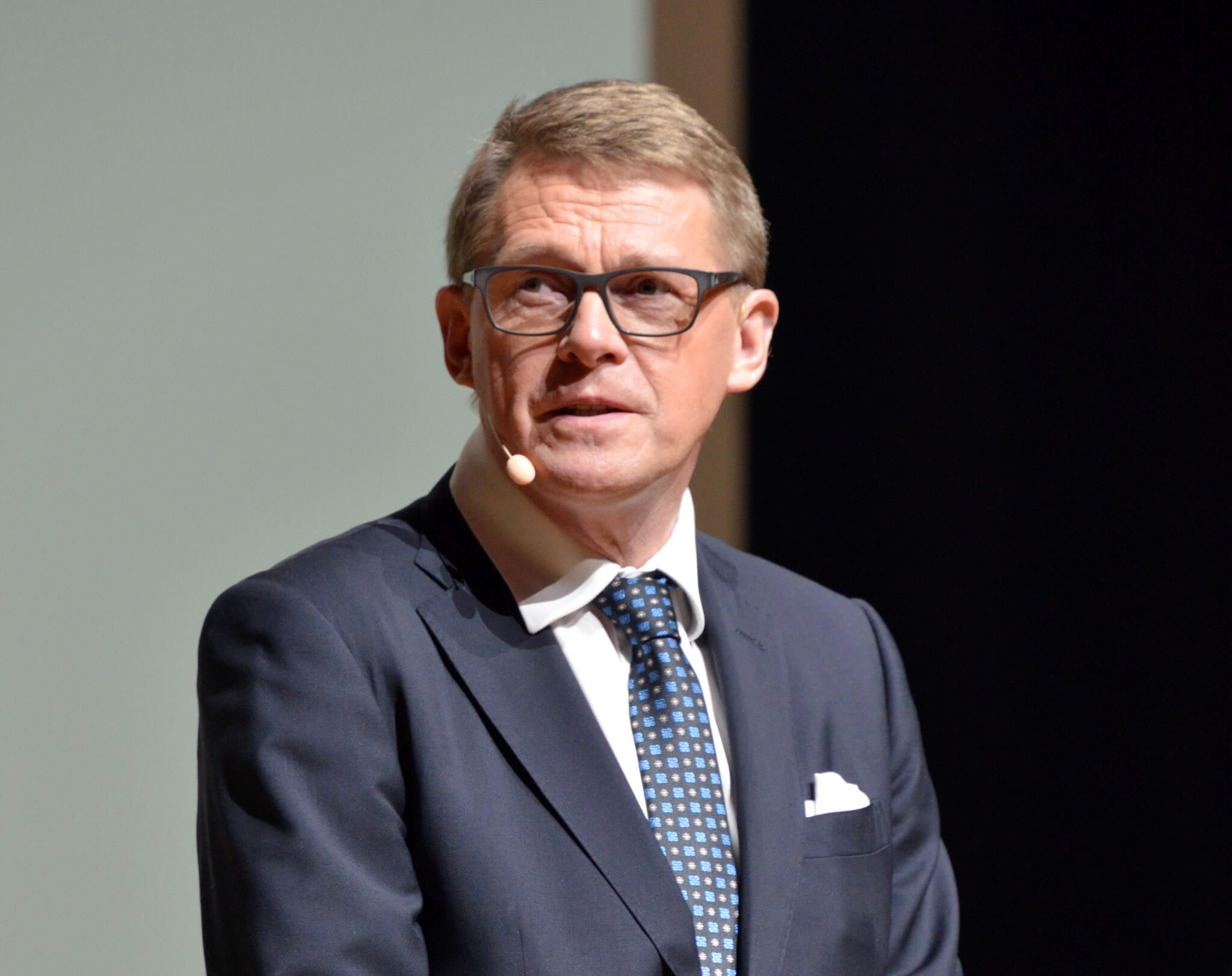The UN has set goals for sustainable development, which aim to end poverty, protect the planet and ensure prosperity for all, but how do we achieve them? A key component to reaching these goals is the willing participation of large corporations.
This was a point Matti Vanhanen, former Prime Minister of Finland and Chairman of Sitra’s Board of Directors, said at the opening of the World Circular Economy Forum (WCEF).
“After the US withdrew from the Paris climate agreement it is more important than ever to address all of the business representatives here today,” he says. “Be forerunners. Don’t wait for governments. Act now!”
Make money while saving the world
The World Business Council for Sustainable Development (WBCSD) believe that large companies can play a leading role. To help them along the organisation released their CEO guide to the circular economy to coincide with the opening of the WCEF.
“By moving towards the circular economy businesses can capture significant benefits, including increased growth, competitive advantage, cost reduction, reduced energy consumption and increased supply chain security,” the group says.
Sitra has identified five different business models companies can use (based mostly on Accenture’s work): product-life extension, product as a service, sharing platform, renewability and resource efficiency and recycling. In addition to business models, the WBCSD says making use of disruptive technologies can also be essential.
“Digital technologies such as the Internet of Things, Big Data, blockchain and RFID help companies track resources and monitor utilisation and waste capacity,” they explain.
Exemplar corporations
Tata Steel has worked together with the Steel Authority of India to establish Mjunction, an e-marketplace for steel by-products and idle assets. This sharing platform has saved money and reduced waste. It is also huge: in 2016 the e-market had a volume approaching 9 billion euros.
Another example is how Dutch technology company Philips is developing products as a service. Instead of selling health care equipment they offer hospitals the entire solution they need, including leasing, servicing and replacing equipment. With this method they achieve up to 90 per cent material re-use and claim 9 per cent of their sales are the result of circular activity.
“By doing so, Philips delivers better customer value and shifts its innovation focus much closer to customers,” the WBCSD says.
UN goals in sight
Peter Lacy, Accenture’s global managing director of strategy and sustainability, also believes big companies can help lead the change. He sees a natural process where a company begins by trying circular pilots and evolves into a circular company. The final stage is being part of a circular ecosystem.
A number of companies have already become digital disruptors and are creating new value, Lacy says, including Tesla, Nike, Rubicon, Peerby and MBA Polymers. These companies are using new technologies like the Internet of Things and energy harvesting and storage, as well as new business models like circular supply chains and products as a service.
The clear consensus is that consumers can apply pressure, governments can mandate compliance and start-ups can be disruptive. Yet major corporations have the financial and technological capital to be the vanguard of change, and luckily more and more CEOs are seeing the benefits of moving to a circular economy. When that happens the UN sustainable goals will be more likely to become a reality.

















Recommended
Have some more.